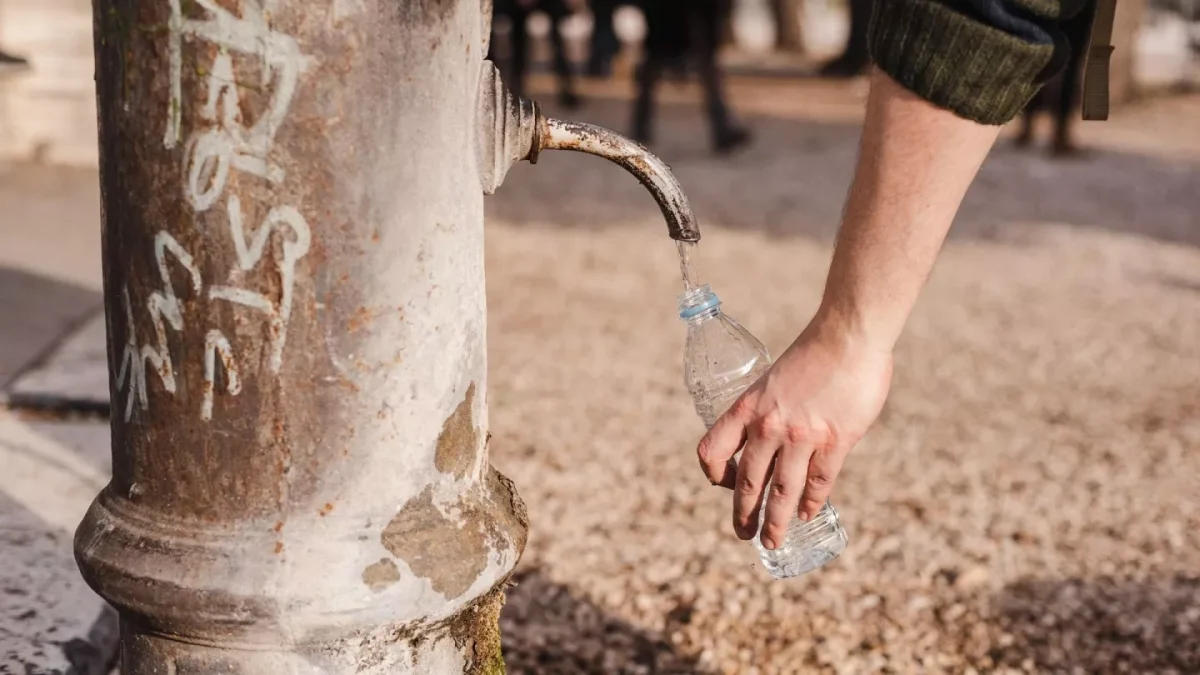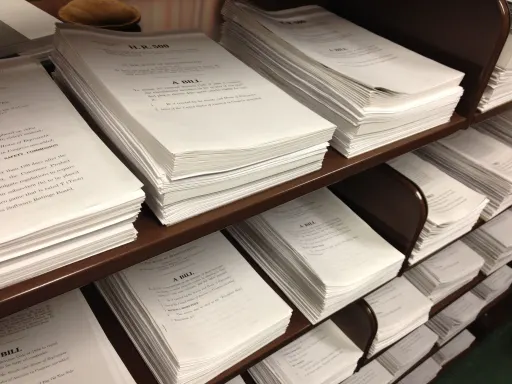At CHS, it seems that students cannot live without the three or four water fountains sparsely dotted around campus. Whether they are refueling for a sports match, refilling for a long study session, or just finding themselves thirsty, water is an essential part of anyone’s and everyone’s day. This is equally true across California, where water hydrates and irrigates among countless other uses, but that versatility can often bring widespread harm when contaminated with synthetic chemicals. These chemicals synthesized in labs belong to the group of perfluoroalkyl and polyfluoroalkyl substances called “forever chemicals” due to their resistance to breaking down. This quality has contaminated countless water sources and agricultural sites, in small quantities, but still enough to spread illness nationwide.
The biggest concern for native Californians is that due to the accidental mixing of dirty water for irrigation with clean water in the Central Valley’s massive agricultural sector where many public water systems originate from, this state has disproportionately high concentrations of these chemicals in their readily available water. Thus, they’ve chosen to largely ignore the issue by making the legal maximum for chemical concentrations in water higher than the national average and cutting spending for purification reasons. But after years of allowing individual states to manage the purification of their water supply from persistent chemicals, the Environmental Protection Agency has finally stepped in with a policy plan to end the issue: a national maximum of four “forever chemical” parts per trillion in any and every water supply. But while this regulation will certainly be surmountable and bring positive change for other states, the issues of restricting these chemicals will be much harder for California specifically.
Thousands of water lines serving around 25 million people have been reported to have excess “forever chemicals” in their water, even under California’s more relaxed restrictions on contaminated water. The result is that under a national standard for clean drinking water, more than twice as many wells in California will be considered to have an excess of these illegal chemicals compared to the number of wells in excess under former regulations. To compensate, the state government will have to pour even more money into cleaning the water supply. Inevitably, municipalities have predicted the cost of water to rise for the average person , making this essential part of human survival harder to access—particularly for low-income families that make up almost a third of the demographic who previously reported excess “forever chemicals” in their water would now have to pay a bigger fraction of their smaller salary just to get by.
Even as the EPA provides $1 billion in grant money and predicts saving $1.5 billion in treatment for cancer and strokes among other things, the projected cost on the water industry is ranging from $2.5 billion to $3.2 billion—a significant financial burden. Whichever way one looks at it, this is an equally double-edged sword where quality is putting itself before accessibility. Additionally, if a utility company cannot comply with the federal standard in the next five years, the new ban gives the EPA legal authority to condemn and even force closure on them, raising a dilemma of if low-income utility services will even be able to bring water to those who will find it even less accessible now.
So whether someone is for the short-term survival of California companies or long-term lives of the average person, it is impossible to deny that California will have to go through quite a bit of tumultuous infrastructure changes to make this transition. And Californians cannot reverse the ban — they will just have to embrace the spirit of the now-clean water and “go with the flow.”






















